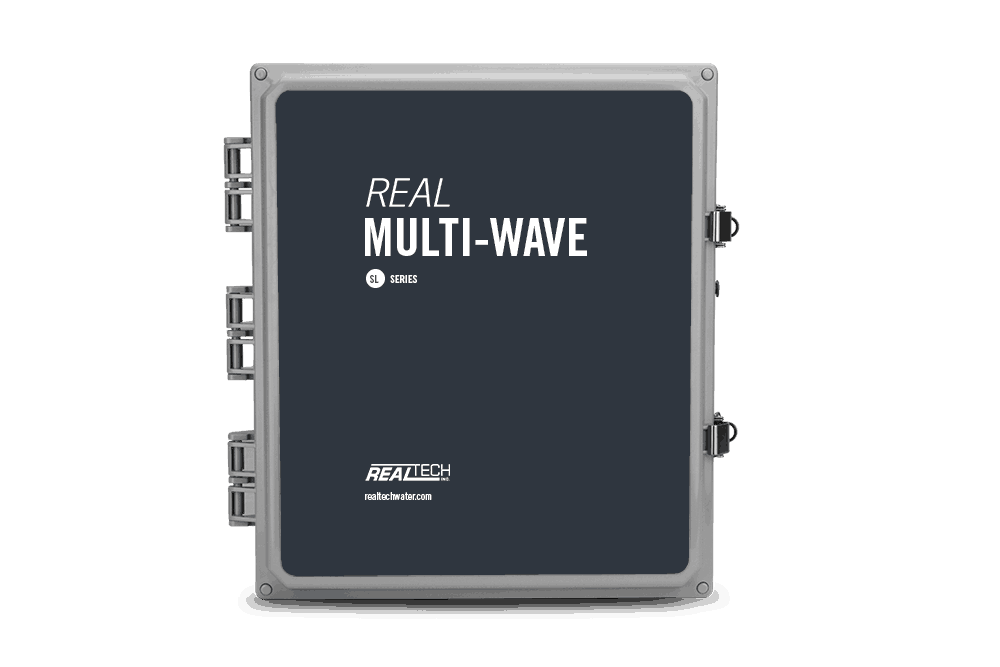Trihalomethanes (THM) and haloacetic acids (HAA) are disinfection by-products (DBPs) that form when disinfectants, such as chlorine, react with organic matter during the drinking water disinfection process.
WHY ARE THEY IMPORTANT?
DBPs are possible human carcinogens. Drinking water regulations, such as the USEPA Disinfectants and Disinfection Byproducts Rule (DBPR), have established a maximum concentration limit (MCLs) of 0.080 mg/L for Total Trihalomethanes (TTHMs) and 0.060 mg/L for Haloacetic Acids (HAA5) to protect public health. To limit formation, DBP precursors must be effectively removed prior to chlorination by coagulation, sedimentation and filtration. In addition, water quality can be assessed prior to distribution and at key locations in the distribution system to directly monitor the level of THMs and HAAs.
Continuous measurement of raw water NOM, one of the main precursor of DBPs, via UV254 or TOC will help achieve efficient removal while direct measurement of THMs and HAAs in finished water gives assurance for compliance. Together these monitoring tools help manage DBPs effectively. Real Tech has the solutions to help our clients get the information they need, when they need it. Discover Real Tech’s solutions for UV254 monitoring here or THM/HAA monitoring here.
Real-time THM/HAA monitoring solution for drinking water.


